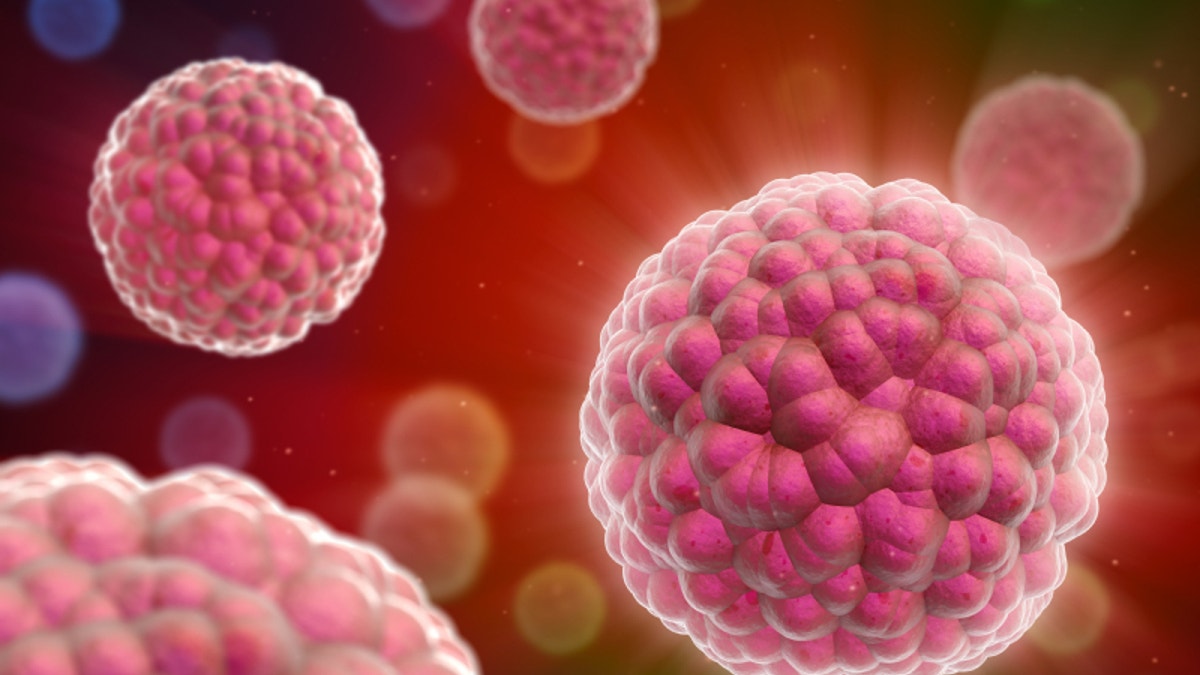
Cancer cells. (iStock)
Pharmacy researchers at the University of North Carolina at Chapel Hill have turned skin cells into cancer-hunting stem cells that destroy brain tumors— a first for medical science.
The stem cells destroyed glioblastoma, offering a new and more effective treatment for the disease for the first time in more than 30 years.
For patients with glioblastoma, the survival rate beyond two years is 30 percent because the brain tumors are so difficult to treat. The invasive, cancerous tendrils spread deeper into the brain— even if most of the tumor is removed— and inevitably grows back. According to a news release, most patients die within a year and a half of diagnosis.
"Patients desperately need a better standard of care," study leader Shawn Hingtgen, Ph.D., an assistant professor in the UNC Eshelman School of Pharmacy and member of the Lineberger Comprehensive Care Center, said in a news release.
Working with a mouse model, researchers reprogramed collagen and connective tissue- producing skin cells to become induced neural stem cells. They found that these neural stem cells are innately able to move throughout the brain, home in on and kill remaining cancer cells. In addition, the stem cells could be engineered to produce a tumor-killing protein.
Researchers were able to increase survival time of the mice by 160 to 220 percent.
Moving forward, the team will focus on human stem cells and testing more effective anti-cancer treatments that can be loaded into the tumor-seeking neural stem cells. They are also looking at improving the staying power of stem cells within the surgical cavity, using a physical matrix to support them to stay long enough to seek out cancerous tendrils.
"Our work represents the newest evolution of the stem-cell technology that won the Nobel Prize in 2012," Hingtgen said in the news release. "This is the first time this direct reprogramming technology has been used to treat cancer."
